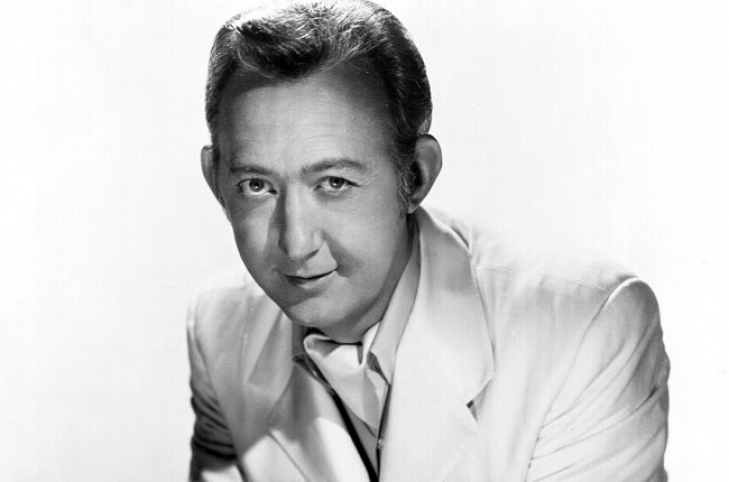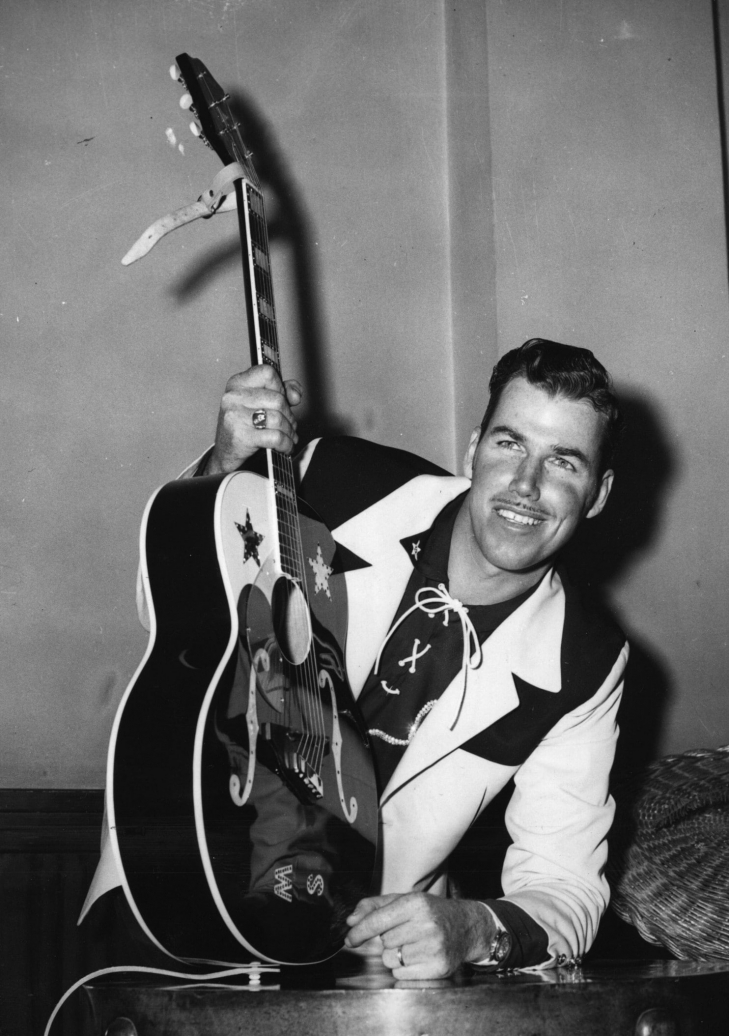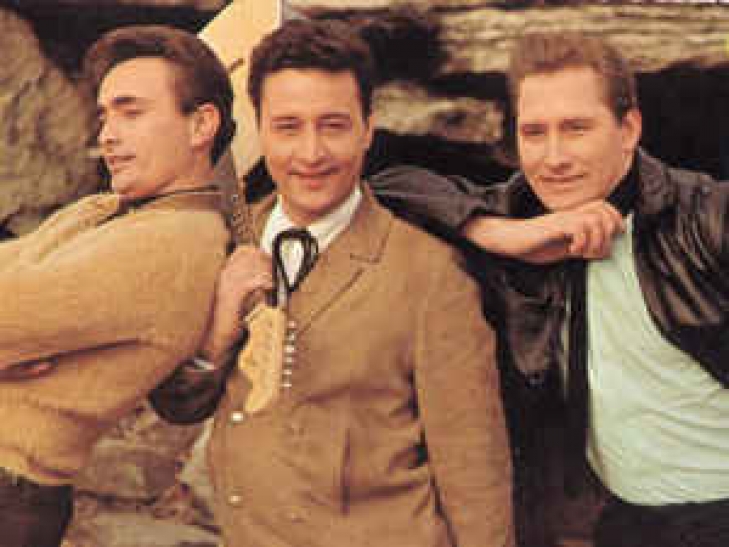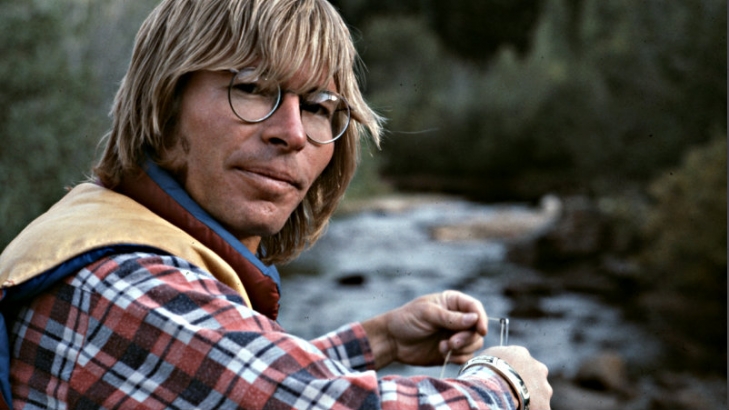- Published in Country Veteran
17. Jack Greene
Since he was a young teen, Jack was able to slowly move up in the industry, step by step. Starting as a teenage disc jockey, by 18 he was working on the “Tennessee Barn Dance” show. Then he moved to Atlanta to form his own band, which lasted for 8 years. Moving back to Tennessee, he headed to Nashville this time and eventually ended up joining the backing band of country legend Ernest Tubb (1965 Hall Of Fame inductee). After a few years with them, Tubb told him to try for his own solo career. His first hit song (“There Goes My Everything”) became a country music standard, a pop hit, helped Jack get 4 CMA award wins, 4 Grammy nominations, and began a string of hit songs that would make Jack one of the biggest artists in the genre at the time. Jack’s career didn’t end up lasting for decades, but with hit songs, awards, and being an all-around well-liked guy, that sounds like a recipe for making it in the Hall one of these days.





